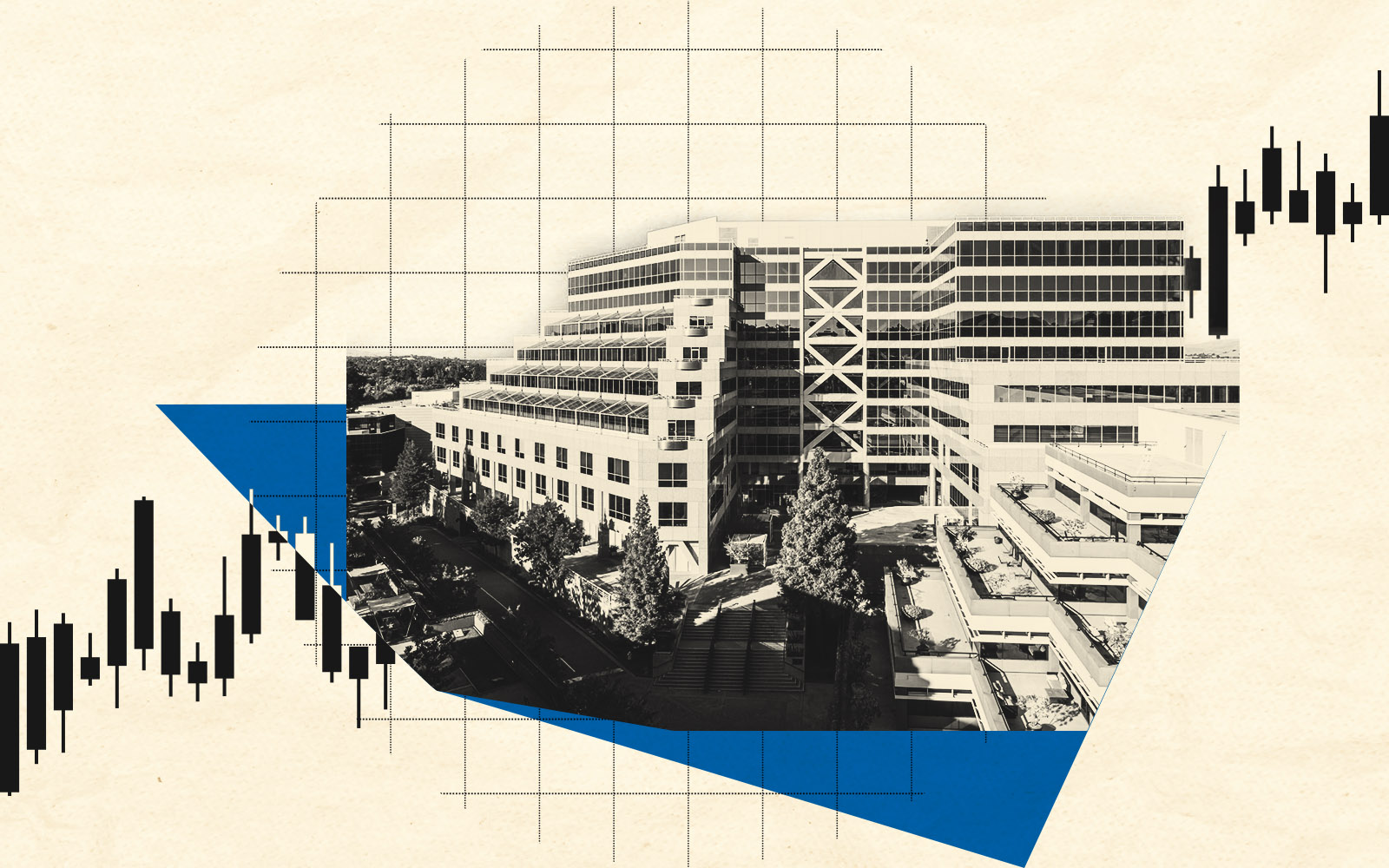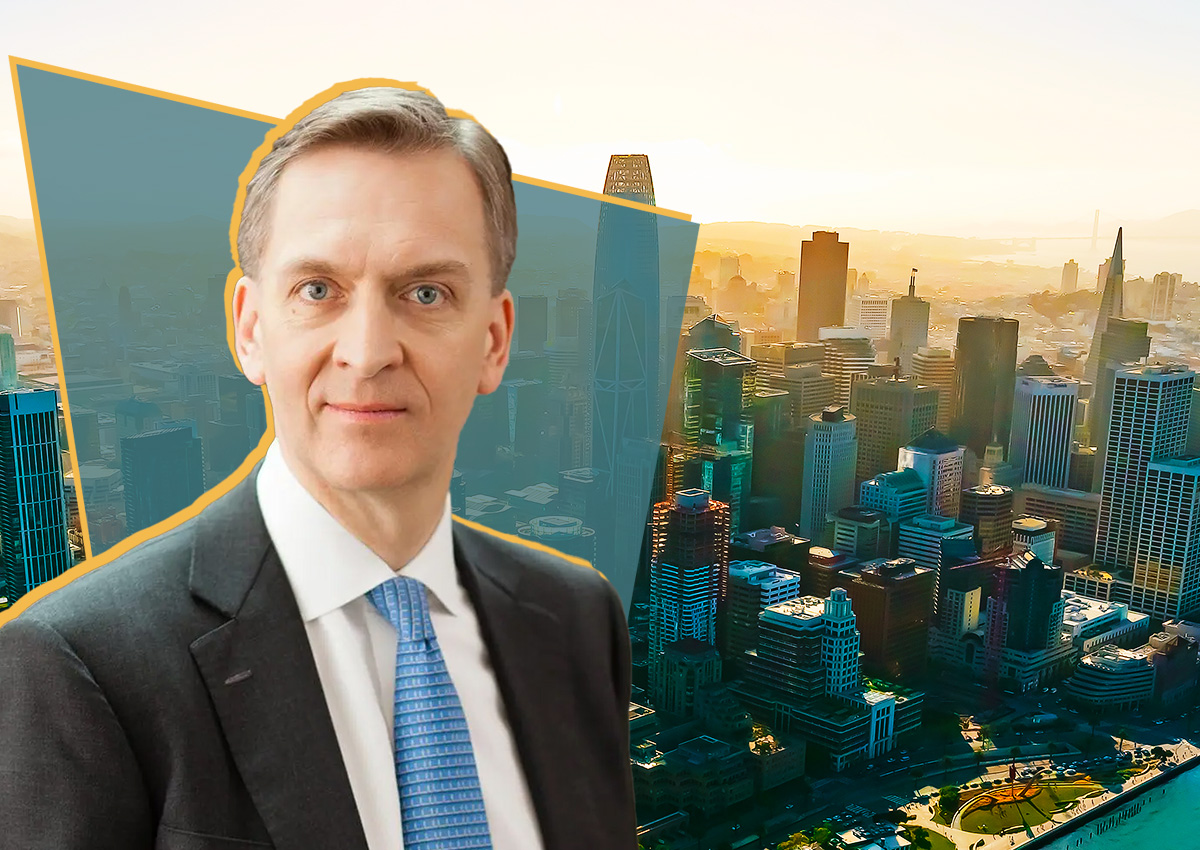Trending
San Francisco takes first step toward fixing downtown: Admitting the problem
Commercial owners ready to “try stuff” as city strikes a more development-friendly pose
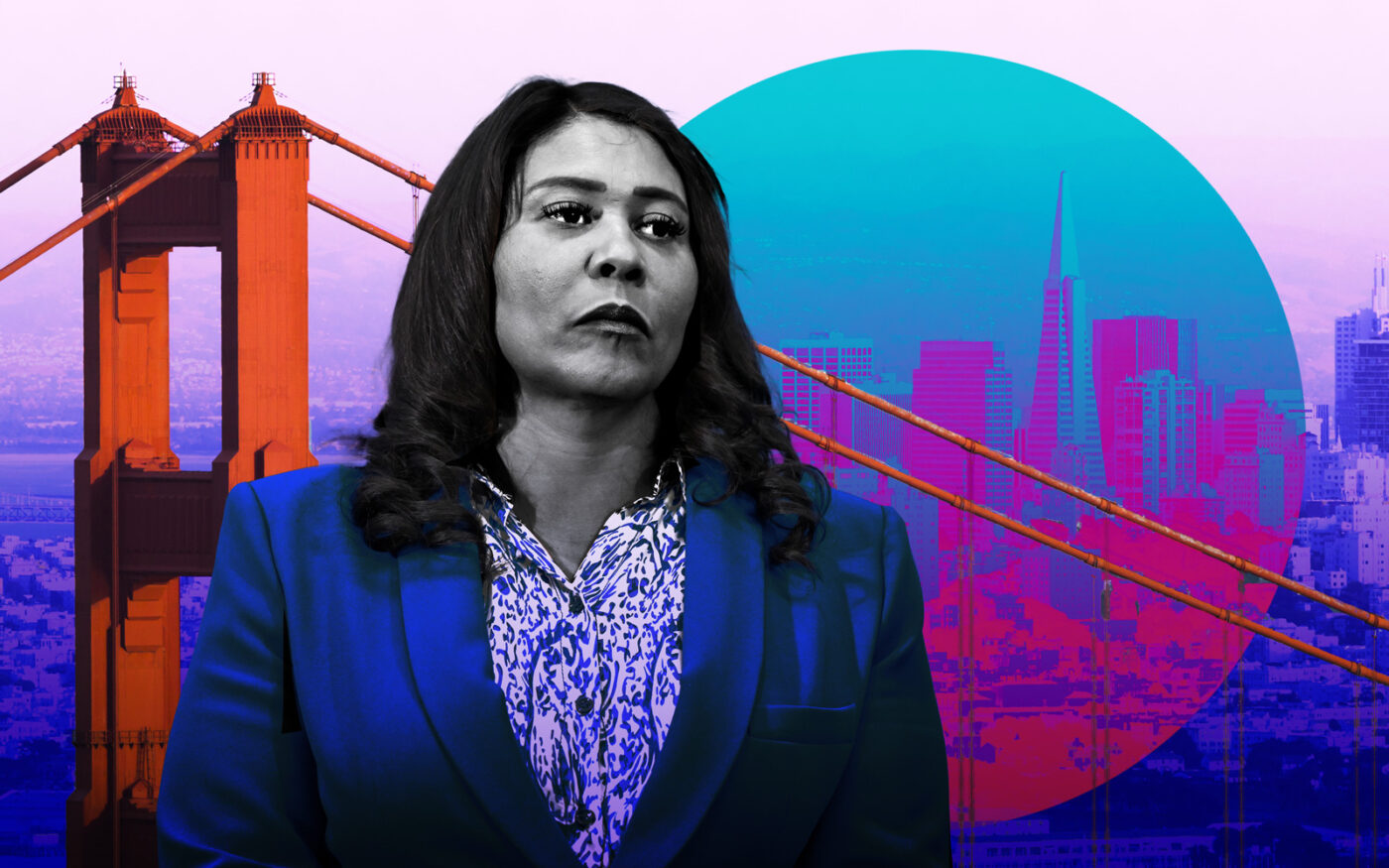
“San Francisco downtown, as we know it, is not coming back.”
So sayeth none other than Mayor London Breed in her State of the City address in February from Pier 70, Brookfield Properties’ 28-acre mixed-use Dogpatch development project. In announcing her “Roadmap to Downtown San Francisco’s Future,” Breed hit on a litany of the city’s biggest issues: public safety concerns punctuated by break-ins and open-air drug dealing, an office vacancy rate that is trending ever higher, and a continued housing shortage.
Breed eschewed any “death of downtown” theme, instead spinning the vacant offices and empty streets of her city into “a call to action to reimagine what our future holds.”
It was one cliche begging another: It seems that San Francisco—a poster child for progressive urban policies and perhaps the first city to feel the full effects of pandemic-related lockdown–has taken the first step toward a possible recovery by admitting it has a problem that starts in its downtown.
And it’s not just Breed conceding the point from her political hot seat. The mayor is one of many prominent voices in recent months calling for a complete rethink of the area dominated by half-empty office towers. Indeed, some commercial owners say the recent change in tune is perhaps the first time in their careers they are seeing a more welcoming tone coming from the city.
The shift couldn’t come at a better time: CBRE data show the city’s downtown in the first quarter of 2023 reached a record 30 percent, or 35 million square feet, of office space available for direct or sublease.
Recent commercial deals have been lackluster, with volume in the city dropping more than 70 percent year-over-year, and only four commercial deals in the city over $10 million. Values have dropped precipitously as well: a North Financial District 13-story office building owned by Wells Fargo looks likely to trade at one-quarter of the bank’s original $160 million ask, in the low $100s per square foot.
Retail tenants, meanwhile, cite a lack of foot traffic thanks to work-from-home trends as a factor in the erosion in public safety. Concerns over shoplifting and other thefts have been driving some recent high-profile departures, including a Mid-Market Whole Foods that was open for just one year.
Even brands who have had a downtown presence for decades have been packing up shop. Nordstrom recently announced it would be closing its Westfield Mall location — as well as its Nordstrom Rack nearby on Market Street — after 35 years in the city. They join about a dozen other retailers, including Saks Off Fifth and Anthropologie, who have announced downtown closures since January.
Owners and developers of traditional office buildings are eager to fill upper floors, but many say any conversation on revitalizing downtown needs to begin down on its streets, not up in the sky. They’re putting their money behind the idea that ground-floor activations are key to bringing life back to whatever downtown becomes.
“We’re talking about a neighborhood that used to just be daytime office,” said Nathan Lundell, investment manager at Grosvenor Properties. “Now we’re talking about things that are going to truly make this, potentially, a 24-hour city that brings life and residents.”
The city says it’s open to ideas, and Breed’s bold promises set up a test on whether any high-flying pitch, or combination of plans, will eventually take hold to reinvigorate and reinvent downtown.
Downtown’s Long Shutdown
San Francisco was the first U.S. city to see a decrease in office foot traffic in the early days of the pandemic, according to data from Kastle Systems. By March 3, 2020, the key card provider noted “significant decreases in office entries” in the city. Less than two weeks later, Breed put San Francisco into full lockdown, where it would remain in some form or another until vaccines became widely available and public schools reopened over a year later.
The extra-long shutdown may be one reason why it has been harder to convince San Franciscans to come back to work. Much of the vaunted base of tech tenants that kept pre-pandemic office vacancies in the city’s downtown hovering at around 5 percent have embraced remote work policies–a shift that’s seen by some as permanent.
“Tech obviously has gone hybrid–that’s not going to change,” said William O’Daly, a commercial agent at Avison Young.
More than three years after the shutdown began, about one in three office spaces are vacant and Kastle data indicate the city may have hit its new normal at around half of the badge-ins compared pre-pandemic levels.
And so, after three years of downtown desolation, city leaders are tired of waiting on an office comeback, and bubbling with ideas on how to pick the area up.
There’s the tech investor with political aspirations who wants to turn offices into student housing. The city panel that has called residential development, downtown or otherwise, “infeasible” without a major drop in affordable housing requirements and fees. The one-time Board of Supervisors member who is now a state legislator advocating for financial incentives to fund office-to-resi conversions.
Perhaps the biggest indicator that San Francisco is admitting it has a problem comes in the form of strange political bedfellows–as when progressive supervisor Aaron Peskin joined forces with the more moderate Breed to push for legislation to ease regulations on all office conversions, including to life sciences.
A Change in Tone
Owners, developers and agents believe the big ideas being floated around conversions could take years to pan out, and, even then, much of the city’s office stock may not be suitable or feasible without a complete value collapse downtown.
Providing incentives to build residential from the ground up and hopefully moving along some of the approved projects stuck in the development pipeline might be a more fertile area to explore. That offers some hope as the city re-examines its permitting timelines and takes other steps to smooth the long, bumpy road that has been standard for developers for decades. Adding to such hopes is the State of California’s mandate for the city to add 82,000 new housing units in the next eight years.
“They’ll make changes to the extent that the state is watching,” said Robert Fruchtman of SF YIMBY, a nonprofit advocacy group that pushes for more housing production in the city.
Fruchtman’s prediction will get a test when a package of fee reductions, reductions in affordable housing requirements and other incentives recently approved by a city panel goes before the Board of Supervisors later this year.
Passage should be a “no-brainer,” according to Paul Zeger, founder of Polaris Pacific, which represents several downtown condo buildings.
“We’re putting burdens on developers, and if we lift those, we’re going to get results,” he said.
Michael Barker agrees after going through the arduous process of getting city permits to turn One Sansome’s historic “Conservatory” atrium from a privately owned public space to one that could be used for private events. The bureaucratic marathon started before the pandemic, according to Barker, whose Barker Pacific Group is co-owner of the Financial District office building.
“Dealing with them on a permit situation is like, how much brain damage can you suffer through?” he said.
But Barker also said he’s recently noticed a new attitude from city officials, who seem to be in tune with Breed’s business-friendly rhetoric.
“The city staff that we’re dealing with have been much more receptive to processing what we need to do as compared to say, two or three years ago, and I think the mayor has been very outspoken in that respect, which we really appreciate,” he said.
Even with the added help from the city, “It’s going to be private investment, as it usually is” that gets San Francisco downtown out of its current rut, he said.
“It just takes capital,” said Barker, who recently invested $20 million in a complete overhaul of One Sansome’s ground-floor amenities, directly over a BART station, in an attempt to bring in both foot traffic and new office leases. “We’re spending a lot of money on this, and we think it’ll pay off in the long run.”
Starting on the Street
Barker is one of many owners hoping new offerings in their ground-floor spaces will activate them during office hours and beyond. One of the first events hosted in One Sansome’s newly completed Conservatory was for hundreds of wedding planners. The century-old granite and glass former bank has never been used for weddings, to Barker’s knowledge, but already has a few nuptials planned since the event.
Grosvenor recently hosted a pop-up art gallery in one of its Union Square properties, giving a free short-term lease to a show honoring women in the arts and benefiting the city’s African-American Arts and Cultural District. The ground-floor space on the same block as Burberry, Ferragamo and Harry Winston is one of several unoccupied spots Grosvenor has in the luxury shopping locale.
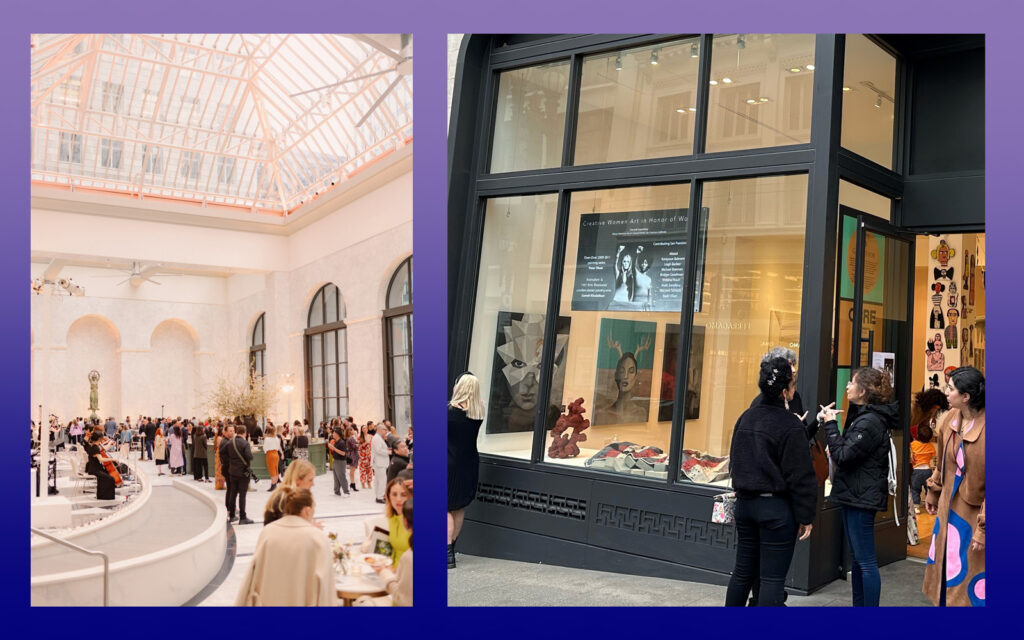
“As we’re doing this project, I’m thinking in the back of my head, hold on, how can I leverage this model for other spaces that I have rather than them just sitting there underutilized?” Lundell said.
Activation of underutilized spaces is one of the main purposes of the new “Vacant to Vibrant” program from SF New Deal, a publicly and privately funded nonprofit formed in March 2020 to support small businesses in the aftermath of lockdown orders. Since then, it has provided financial opportunities and supportive services to over 650 small businesses, according to co-founder Jacob Bindman.
Its recently announced $700,000 program, funded by the city’s Office of Economic and Workforce Development, will put a variety of micro businesses and arts groups into empty storefronts with three months of free rent and grants of up to $8,000, with a goal of getting the pop ups started this summer.
In the first two days of sign ups, the organization received over 60 applications from property owners and prospective “pop-up activators,” according to Bindman.
“The pandemic revealed the singularity and vulnerability of San Francisco’s downtown. A vibrant and resilient downtown requires a diverse ecosystem of approachable commercial, residential and interactive spaces,” he said. “It will take time; it will be challenging; it will require significant investment.”
Bindman hits upon a diversifying incentive strategy the Downtown SF Partnership is also backing. The business improvement district formed in the depths of the pandemic in 2020 and now has a $4.2-million annual budget, largely from an assessment on property owners within the Financial District and Jackson Square.
Its holiday light show, “Let’s Glow SF,” brought over 50,000 attendees downtown, according to the Partnership. Next up is a microgrant program for restaurants to spruce up their outdoor spaces, followed by a series of free, outdoor summer events and concerts, which Executive Director Robbie Silver hopes is the first step towards turning downtown San Francisco into the next Sixth Street or Beale.
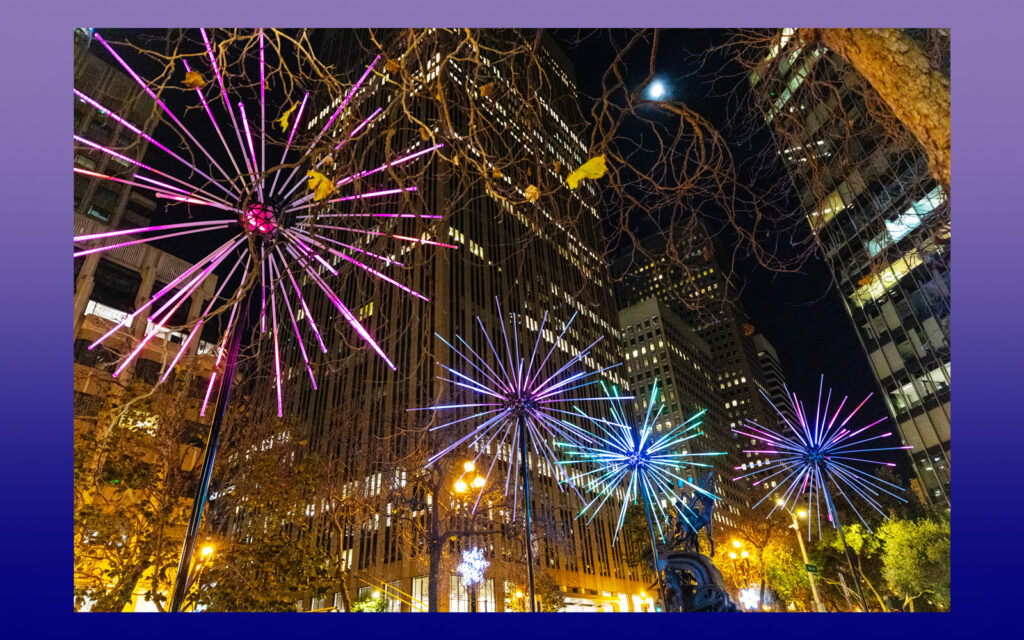
“Our goal is to give local institutions a place and purpose downtown, while also giving property owners a marketing opportunity for potential long-term tenants,” he said.
Safety First
But the neighborhood can’t develop its new life-of-the-party reputation until it overcomes some of the negative perceptions about safety and cleanliness issues downtown, especially after dark, according to Silver.
“Those are all very real concerns, and is something that The Downtown SF Partnership keeps in mind as a foundational motif — a clean and safe downtown area,” he said.
To that end, 76 percent of its budget goes to maintenance and safety services, with daily cleanings and Community Engagement Ambassadors who “observe, advise and report quality of life issues” throughout the partnership’s coverage area of the Financial District and Jackson Square.
Mayor Breed, who in March won her push for an additional $25 million for police overtime, said in her State of the City speech that the “gap between the officers we need and officers we have is vast” and seemed to understand public safety’s role in downtown’s recovery.
“Public safety isn’t only about taking care of our residents. It’s about taking care of our economy,” she said.
The fact that Breed’s words are also matching the actions owners are seeing from the city for the first time in years is cause for optimism, said Lundell.
Property owners, tenants, government and neighborhood groups have all reached a place where they are ready to work together and create something new downtown, he said.
“In the past, I think you always had one or two groups there, and one or two groups missing from that conversation,” said the Grosvenor investment manager. “Now everyone’s like, hey, what can this become? Let’s experiment. Let’s try stuff.”
Read more
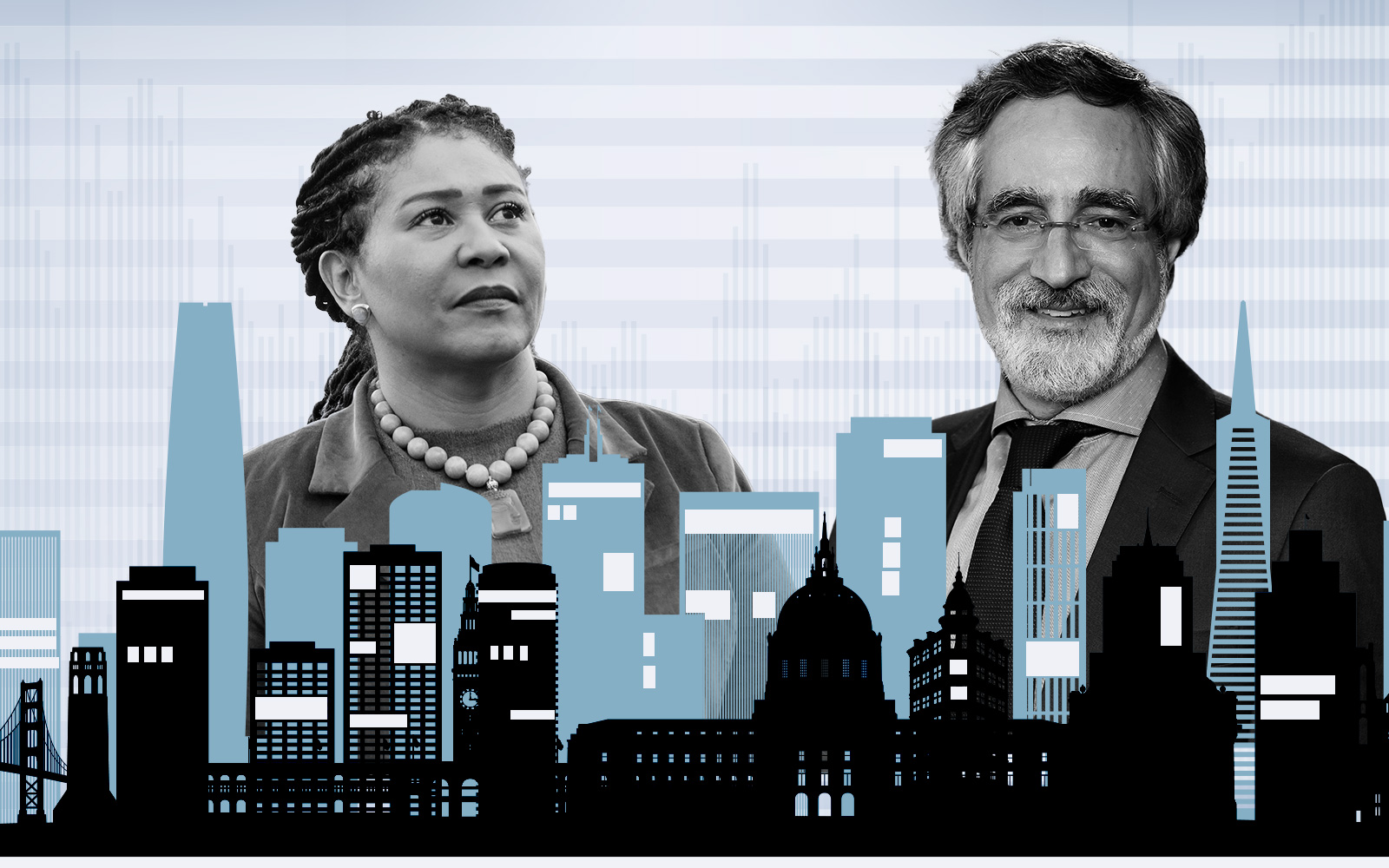
SF’s Breed and Peskin launch plan to ease office-housing conversions





